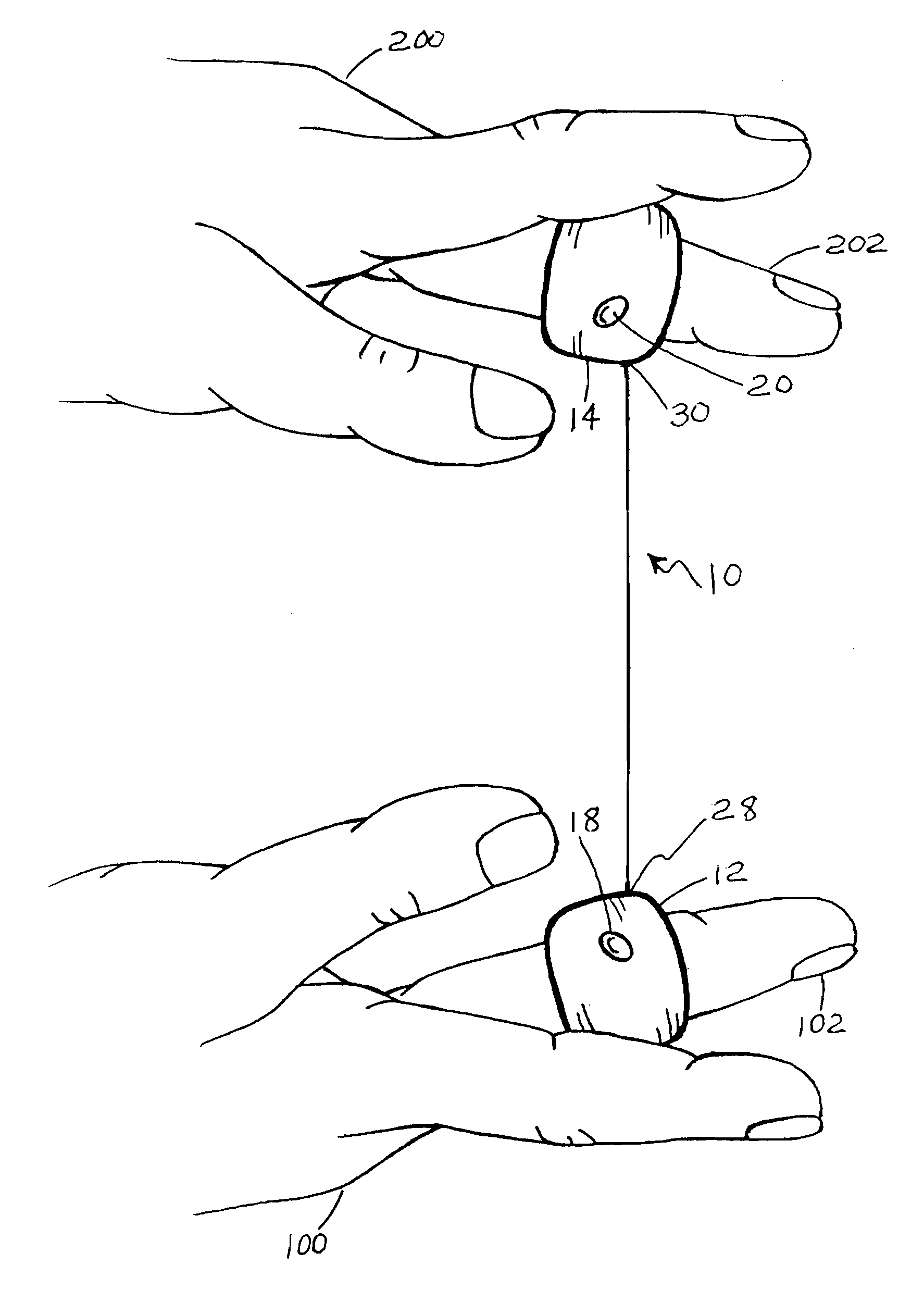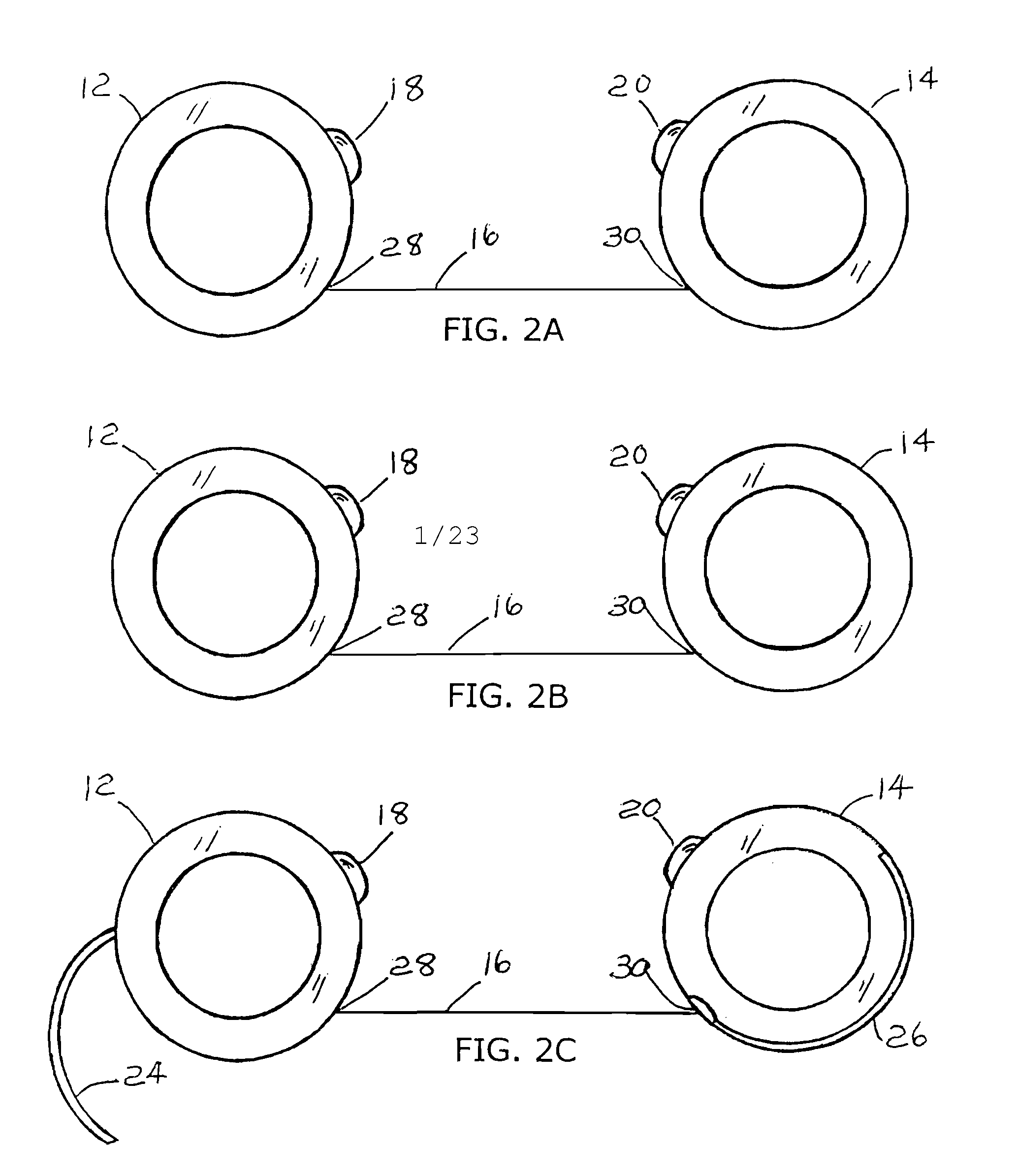Oral hygiene apparatuses
a technology of oral hygiene and hygiene equipment, which is applied in the field of dental hygiene, can solve the problems of inability to properly and regularly floss the general population, time-consuming and laborious, and the combined prior art has failed to provide satisfactory solutions to the real problems, so as to prevent contamination of unused portions, facilitate and facilitate cleaning, and improve the effect of hygien
- Summary
- Abstract
- Description
- Claims
- Application Information
AI Technical Summary
Benefits of technology
Problems solved by technology
Method used
Image
Examples
Embodiment Construction
[0059]As is the case with many inventions, the present invention for dental hygiene apparatuses is subject to a wide variety of embodiments. However, to ensure that one skilled in the art will fully understand and, in appropriate cases, be able to practice the present invention, certain preferred embodiments of the broader invention revealed herein are described below and shown in the accompanying drawings.
[0060]With this in mind and looking more particularly to the accompanying figures, a first preferred embodiment of a dental hygiene apparatus is indicated generally at 10 in FIG. 1. There, one sees that the dental hygiene apparatus 10 in this embodiment comprises a dispensing ring 12 that feeds dental floss 16 to a second, accumulating ring 14. Together, the dispensing ring 12 and the accumulating ring 14 form an automated flossing system, which is also indicated at 10. In FIG. 1, the automated flossing system 10 is shown as it might be employed during flossing. As such, the dispe...
PUM
 Login to View More
Login to View More Abstract
Description
Claims
Application Information
 Login to View More
Login to View More - R&D
- Intellectual Property
- Life Sciences
- Materials
- Tech Scout
- Unparalleled Data Quality
- Higher Quality Content
- 60% Fewer Hallucinations
Browse by: Latest US Patents, China's latest patents, Technical Efficacy Thesaurus, Application Domain, Technology Topic, Popular Technical Reports.
© 2025 PatSnap. All rights reserved.Legal|Privacy policy|Modern Slavery Act Transparency Statement|Sitemap|About US| Contact US: help@patsnap.com



